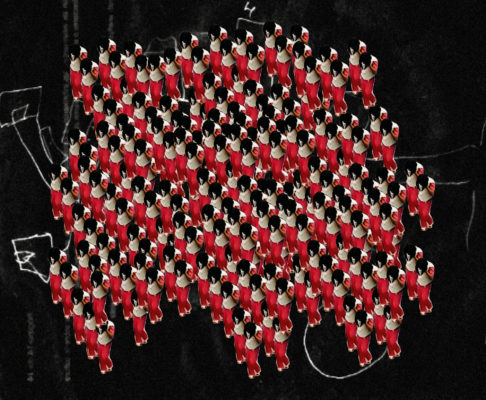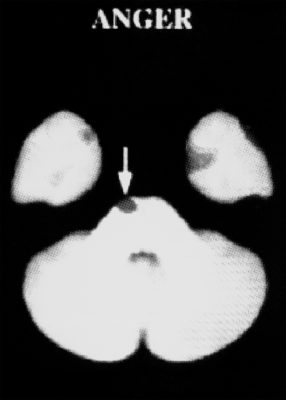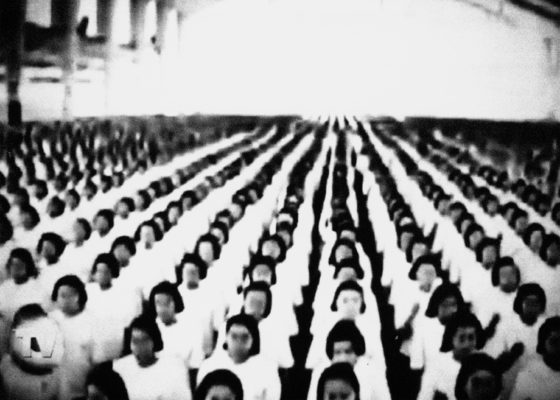Evil witches were accused and executed in Salem, while possessed nuns meowed and had seizures across Europe. Hand-trembling epidemics spread among Swiss and German boarding schools, and laughing attacks widespread among Tanzanian girl’s students. Female adolescents in Afghanistan experienced fainting outbreaks, while over 600 boarding schoolgirls suddenly lost the ability to walk straight at a boarding school in Mexico. In Cambodian garment factories, thousands of women faint inexplicably during the last decade, and American cheerleaders tick compulsively and have seizures without a biological explanation.
Mass hysteria, or Mass psychogenic disorder – a term now more widely accepted – arises in tightly knit environments burdened by unbearable and inescapable social circumstances. When a stress trigger event unfolds, the group starts experiencing uncontrollable motor symptoms simultaneously, such as trembling, weeping, twitching, ticking, or even fainting. These involuntary symptoms, often resembling trance-like states, can persist for months and have non-organic origins. Although studied from diverse cultural and academic interpretations, two essential questions remain unresolved: How does it spread, and why does it predominantly affect young women, especially teenage girls?
Historically, the term hysteria has been employed to pathologize women perceived as "difficult." Medical historian Robert Woolsey suggests it could serve as a "protolanguage," with its symptoms functioning as "a code used to convey a message which, for various reasons, cannot be verbalized."
Exploring Mass Hysteria further as a form of unconscious protest, we discover that outbreaks often influence those in lower social positions confronted with challenging situations, such as life in strict boarding schools, laboring in factories with inhuman conditions, or dwelling in isolated religious institutions like convents. Dr. Josefina Ramírez, a Mexican physical anthropologist, offers an insightful perspective: Mass Hysteria might be a collective physical response that symbolizes the struggles these young women endure due to unequal social power dynamics.
The genesis chapter of A History of Misogyny, titled On Mass Hysteria, investigates the possibility of an ancient female protolanguage of protest. The project challenges the prevailing psychological approach that blames women for medically unexplained maladies. Instead, it emphasizes the impact of societal factors such as social and political oppression. On Mass Hysteria aims to visualize the collective pain of transgenerational trauma that is often ignored or diminished by society, passed down among women.












